What are Marketing “Assets”?
You may hear someone in the middle of a meeting or in a briefing mention “marketing assets”. Use it context, someone might say, “Okay, well send me any marketing assets you currently have” or, “So what marketing assets do we currently have for this initiative?”
What are Marketing Assets?
Marketing assets can very simply be defined as those items you use to promote your brand, product, or service. Below is a quick hit list to further explain “items”:
Videos
Photos
Audio Clips
Social Media Accounts (Instagram, Facebook/Meta, LinkedIn, TikTok, X/Twitter, etc)
Website
Slogans
Landing Pages
Mascot Costume (we’ve all seen them!)
“Swag” like stress balls with your logo, pens, notepads, water bottles, t-shirts
Your GMB (Google My Business) Page
Slogan
Brand or Style Guide
There are many more items a person could add to this list but hopefully this can begin to paint the picture for you. Marketing assets are just those things you would use in various ways, at different times to promote your brand. Sometimes they are digital assets and other times they are physical assets.
What Do I Do with All of My Marketing Assets?
The reality of marketing assets is that you’ll use some of them often, others sporadically, and still others, once in a blue moon. Even more, you may use a marketing asset or set of marketing assets almost as a one-time use, and never again.
An easy way to organize your marketing assets, is by clustering them into categories.
You can begin to to cluster your marketing assets in three primary buckets: evergreen marketing assets, seasonal marketing assets, and temporary marketing assets. As the descriptions allude to, different marketing assets can be used for a short time, periodically, or always.
Temporary Marketing Assets Example
Any assets you create specific to a “Grand Opening” may be used only temporarily. Once the grand opening has concluded, you may never use those particular marketing assets (like a digital banner ad for an email blast or a social media post), ever again.
Seasonal Marketing Assets Example
Perhaps you sell something periodically at a 20% OFF discount, during a summer or holiday season. You could create a little logo or graphic that may allow you to seasonally use the same creative any time you decide to offer 20% OFF your product or service. Think “12 Days of Christmas Campaign” which may incorporate snowflake designs, or a Christmas jingle. If you were an apparel company, you may sell swimsuits toward springtime, leveraging a “summer” seasonal set of marketing assets like branded sunglasses, a photoshoot on the beach that you then design posters and social media showcasing the swimsuits with blue water and sunny days. That whole kit wouldn’t particularly be something you used during a Thanksgiving Day campaign, nor the other way around. This is what makes them seasonal vs evergreen.
Evergreen Marketing Examples
These types of examples are likely the most obvious; Your logo, your website, your social media accounts, your slogan, and things you keep on hand for any occasion throughout the year.
This will help you best organize your marketing assets, and learn to understand where you may be a little sparse on assets to begin building your repository for use in various ways.
How and where do i store my marketing assets?
It is best to store any digital assets all in one place like your OneDrive (if your company is using the Microsoft 365), or GDrive (if using Google Workspaces), etc. Worst case, a DropBox account is a good way to manage keeping all of your items in one easy spot to find when you need them quickly.
You can find more on this in the Operations Garden!
